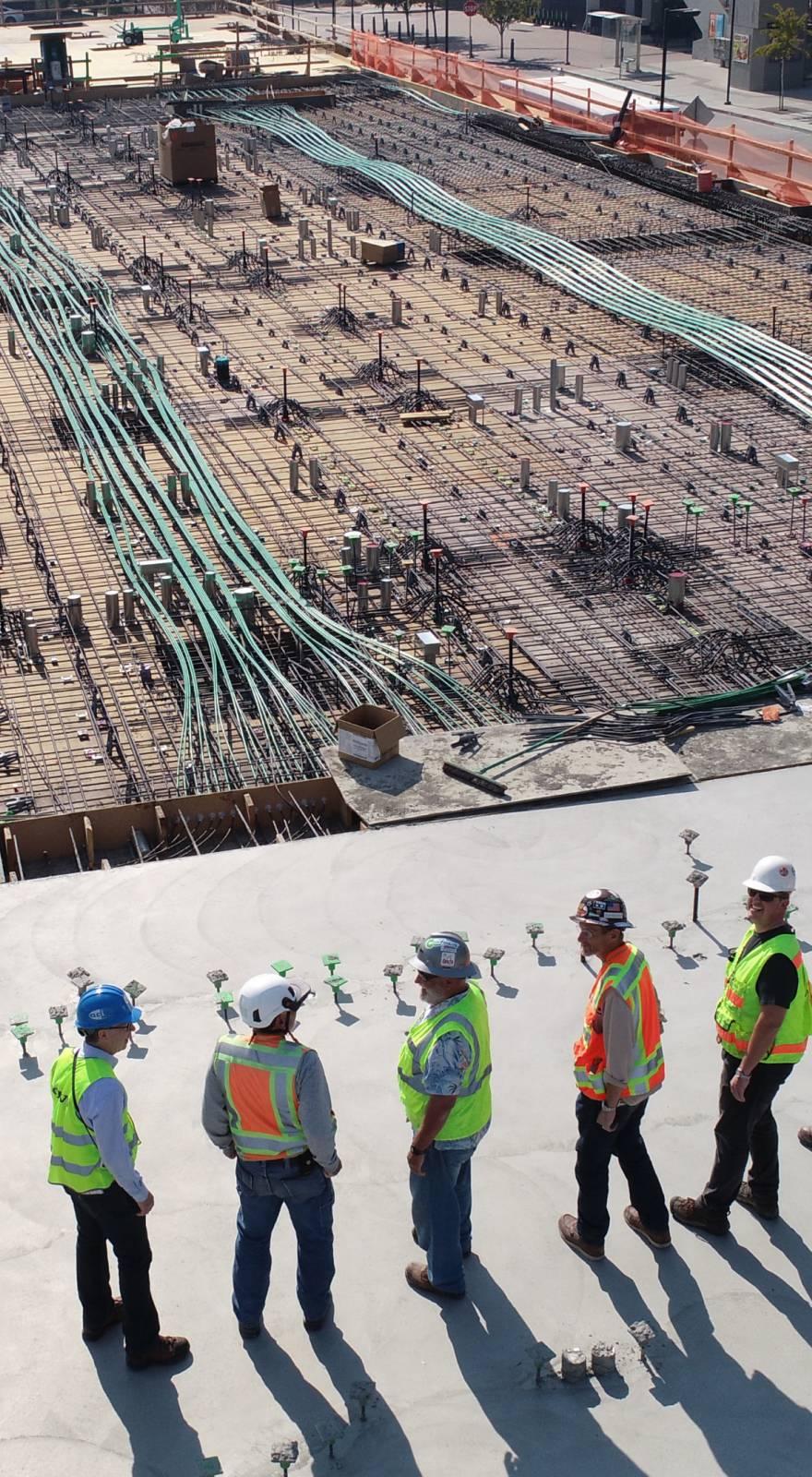Knowde Enhanced TDS
Identification & Functionality
- Chemical Family
- Product Type
- Technologies
Features & Benefits
- Labeling Claims
- Ready-to-Use Product Features
- Advantages
- Excellent Adhesion-improves bond strength to hardened concrete.
- High strength-increase compressive, flexural, and tensile strength of cementitious systems.
- Waterproof – when used in place of water provides water impermeable mortars, slurries concrete, renders etc. ideal for swimming pools, water storage tanks, fountains (Consult ACI).
- Chemical resistant – resist mineral oil, diesel, weak acids, salts, chlorinated water.
- Durable – increases weather resistance and wear against high frequency traffic.
- Preserve color pigments from fading or washing out.
- Non-staining, non-flammable, non-toxic.
Applications & Uses
- Markets
- Applications
- Compatible Substrates & Surfaces
- Application
ISOBOND is used in preparing
- Polymer-modified floor screeds
- Leveling courses patching / repair mortars
- Bonding slurries
- Toppings
- Waterproof screeds
- Thick bed mortar for setting tiles, bricks, marble, stones, and ceramics
- Polymer concrete overlays for highways and bridges and other general concrete reconstruction work.
- Mix Guidelines
Application Op Cement Kg Sand (ASTM C33) Kg Aggregate 4-6 mm Kg ISOBOND Kg Water Kg Approx. Yield Liters
Heavy Duty Floor Screed, 10-25mm Thk.* 50 75 75 10 6 88 Patching / Repair 50 125 10 6 79 Render, 5-10mm Thk.* 50 150 10 5 87 Bonding Slurry 50 9 18 44 (5 pts. by vol) (1 pt. by vol) (2 pts. by vol) Note: * Mixing water are approximate only subject to adjustments depending on moisture content of aggregates in the field. In general, the amount of mixing water to be added in the mix should be minimized to a level that will achieve a semi-dry, yet cohesive and workable mix. Yield is only approximate and dependent on grading and type of aggregate and water content.
- Directions For Use
- Surface preparation - surface must be structurally sound, clean, and free from dust, oil, grease, curing compounds, laitance, coatings andother loose debris. Surface should be fairly rough to provide good mechanical key. Recommended methods for preparing concrete are by sandblasting, water jet, acid etching, grinding, wire brushing or by pneumatic tools, wheresteel reinforcements are exposed, concrete should be removed baring all reinforcements on the unsound area. Thesteel reinforcements should be cleaned and preferably coated with ‘eatrust’. Prior to priming, the concretesubstrate should be wetted with water to avoid moisture loss due to suction, but free standing water should beremoved.
- Priming - prepare bonding slurry/ primer by mixing 5 parts op cement 2 parts water, and 1 part isobond by volume. Applyimmediately by brush or broom on to the damp substrate at the rate of 2 – 3 square meter per liter. Place toppingimmediately while isobond is still wet. If dry, it must be removed and the substrate reprimed.
- Mixing - first, the dry ingredients are pre-mixed together. Put the required amount of water into a suitable mixing container. Slowly add powder while mixing. Add isobond last. When mixing in big quantities, a moving-paddle type mortar mixer should be used. When mixing in small quantities, an electric drill fitted with a paddle is recommended. Avoidmanual mixing as this may result in segregation, delay and non-uniformity of mix. If mortar has attained initial set, or has stiffened to a point where it is not anymore workable, this should be discarded. Retempering with water or isobond should not be allowed under any circumstances.
- Placing - place patching, floor screed or concrete topping immediately after mixing. Level and / or finish with appropriate tools. Trowels may be dampened with moist cloth to aid in finishing. Water sprinkled on the surface of the fresh mortar shouldbe discouraged.
- Curing - while isobond modified mixes are generally self-curing, supplemental curing with wet burlap and/ or polyethylenesheet is recommended, especially during very hot weather.
- Cleaning - all tools should be immediately cleaned with water after use.
Properties
- Typical Properties
| Value | Units | Test Method / Conditions | |
| Compressive Strength (28 Days) | 35.0 | N/sq. mm | ASTM C109 |
| Flexural Strength (28 Days) | min. 7 | N/sq. mm | ASTM C 348 |
| Tensile Strength (28 Days) | min. 5 | N/sq. mm | ASTM C 190 |
| Bond Strength (Transverse Shear) | min. 10 | N/sq. mm | ASTM C1042 |
Regulatory & Compliance
- Certifications & Compliance
- Specification
ISOBOND complies with the requirement of ASTM C 1059 Type 2 (non-redispersible).
Safety & Health
- Safety & Health
ISOBOND is non-toxic and non flammable. Users are advised to protect eyes and skin from accidental splashes. Wear eye goggles, rubber hand gloves and coveralls. Splashes to the skin and eyes should be immediately washed withwater.
Packaging & Availability
- Packing
5 Ltr, 20 Ltr and 210 Ltr pack.
Storage & Handling
- Shelf Life
1 year shelf life in original, unopened container stored in warehouses condition.

